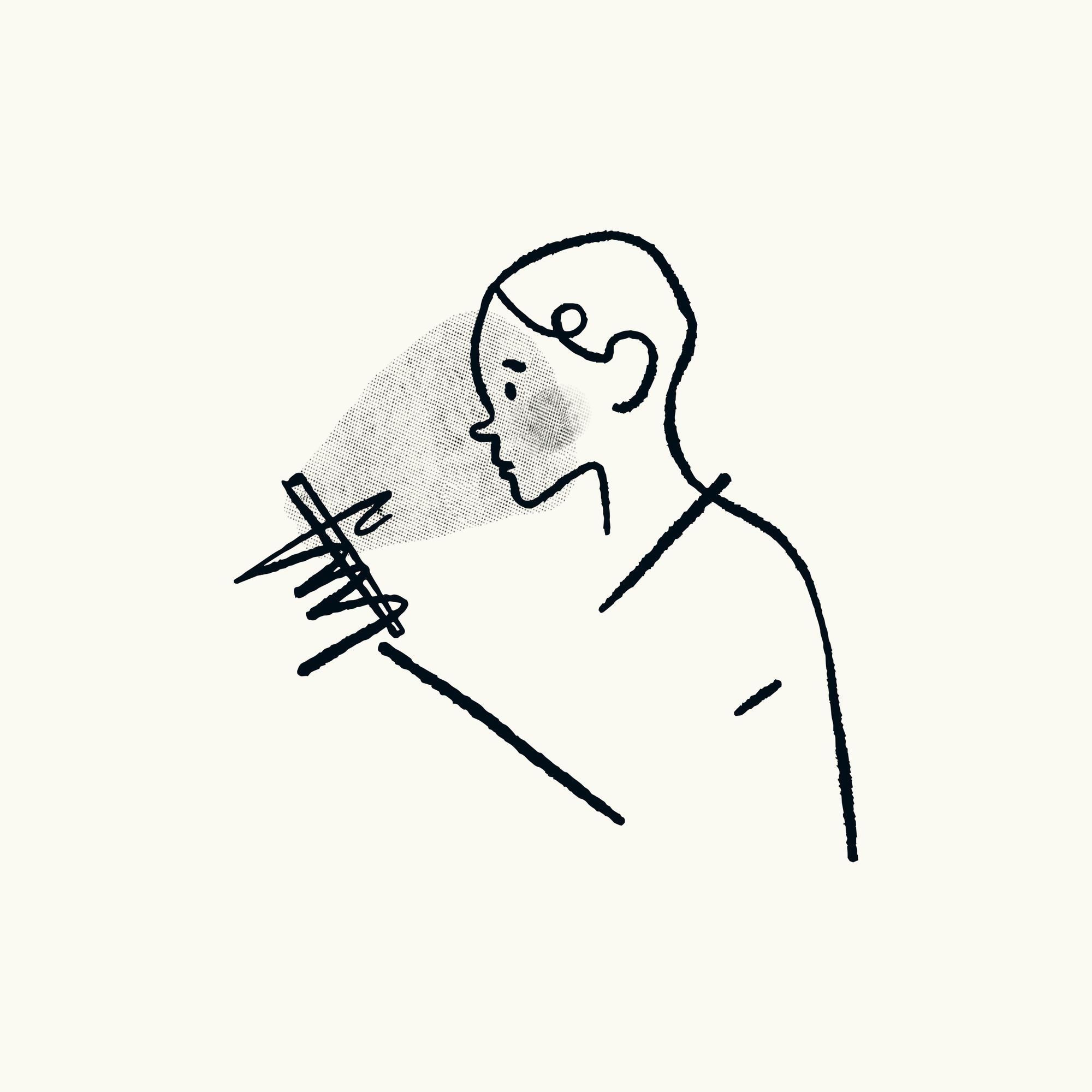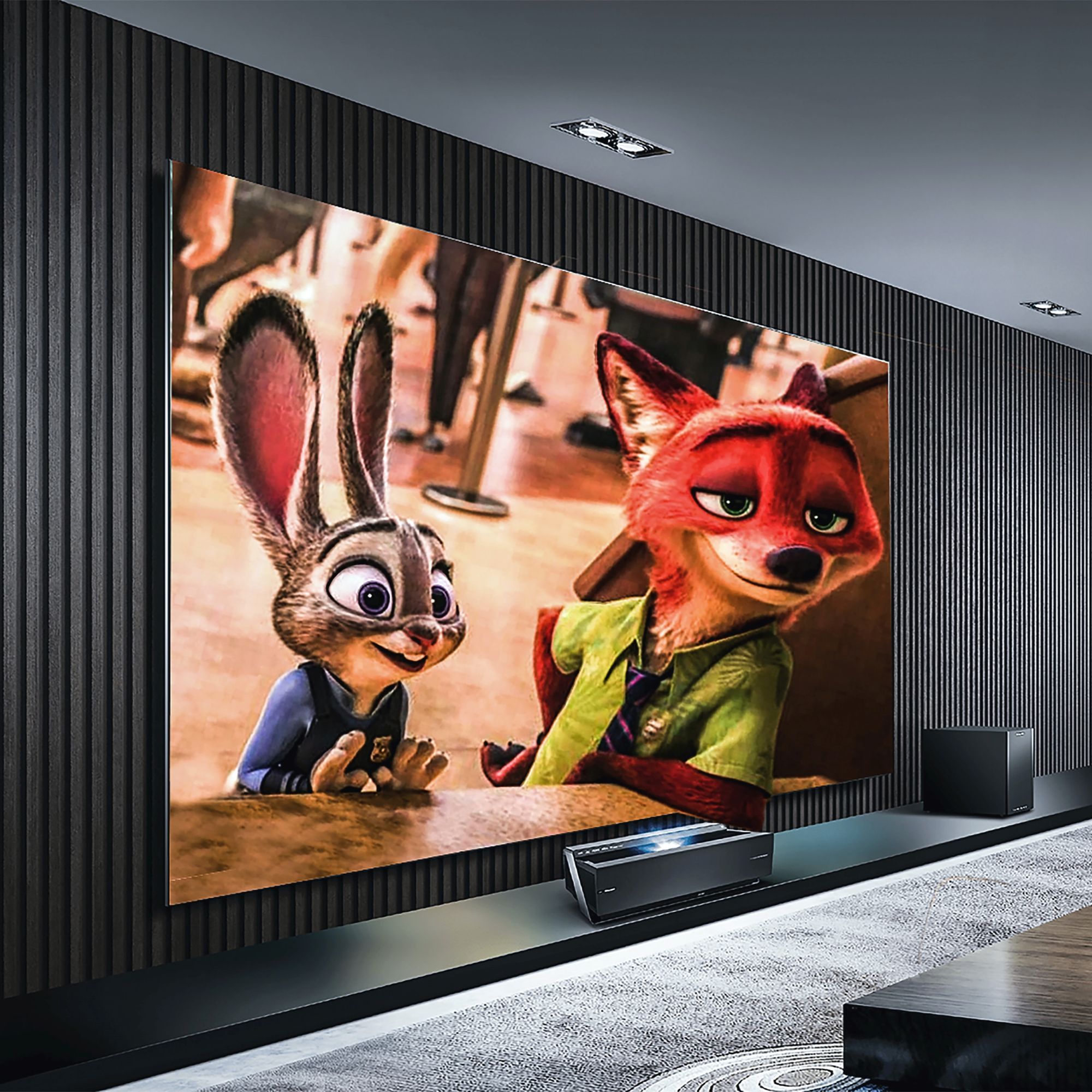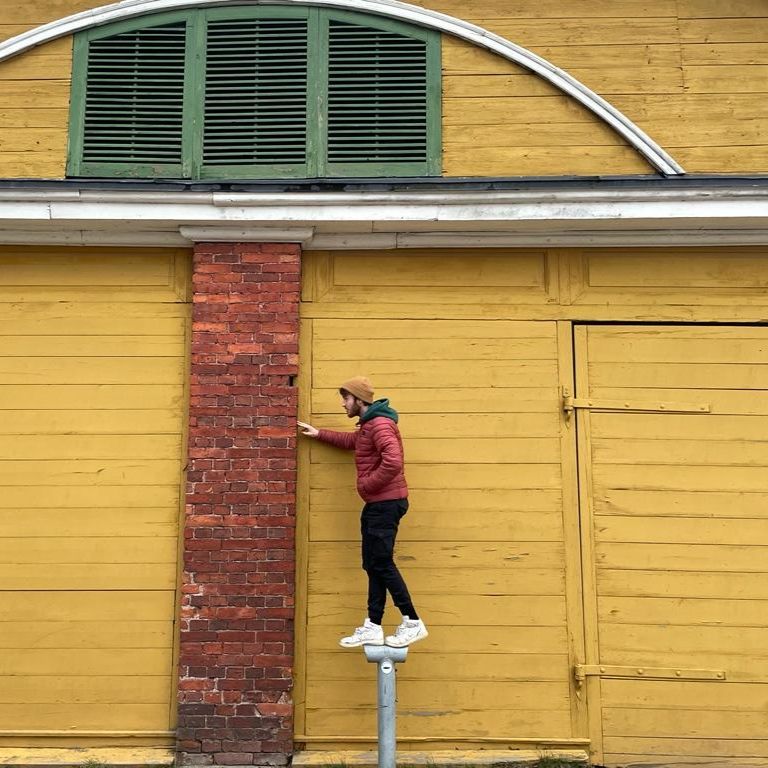2D Animation Explained – Pick Up 7 Essential Tips for Creating It Yourself
Rent film gear from local filmmakers.

Rent film gear from local filmmakers.
2D animation shook up the world in the early 20th century.
It went beyond cartoons like Snow White and Mickey Mouse. It's still relevant today! Most commonly used in advertisements, video games, presentations, and creative projects across the board.
Are you interested in animation in general? Read on or take your time to learn about animation.
What is 2D animation?
2D animation is a type of film where characters and objects are drawn in a two-dimensional space. This can be done on paper or digitally.
Like most animation, it is made up of drawings played in quick succession to create the illusion of movement, usually at 24fps. 2D animation involves plain figures that only have height and width but no depth.
What is the difference between 2D animation and 3D animation?
While a 2D object only has height and width, 3D objects have an extra dimension: depth. Therefore, 3D animation is a lot more detailed and lifelike.
Traditional 2D animation consists of drawings that are then photographed, while 3D can only be done digitally. Computers are used to move and rotate in ways that imitate real life.

2D animation during pre-, production, and post-production
2D animation is created with the use of specialized tools by animators. The process spans from storyboarding to the finalization of the video.
Here’s a thorough breakdown of all the steps to creating a 2D animated film.
Pre-production
The pre-production phase marks the beginning of the project’s lifespan. It starts with the inception of an idea that then gets developed before the production. Writers and animators collaborate to hash out the concept and overarching storyline.
Next, a storyboard is created based on the finished script. A storyboard is a crucial tool that showcases the sequence of events and scenes which will become part of the final animation. You can download our free storyboard template here.
The characters are designed and drawn as simple sketches, later transformed into detailed designs. Commonly used backgrounds are created, featuring key locations to the plot.
These building blocks will form the bases for the next phase: Production.

Production
During the production, these elements are used to craft coherent animated scenes.
The character actions and er events are roughly sketched and will later be refined.
Animation tracing is the process of tidying up these first drafts. This is done either by creating a new animation layer or simply adding more to the original drawing.
Another important process done during the production is inbetweening. This involves creating transitional frames between existing animations to ensure fluidity.
The final production task, compositing is about combining the final form of created elements. Animators will add backgrounds, highlights, sounds, and other details to complete scenes.
Post-production
In post-production, the 2D animation is enhanced with sound effects or voice-over. The footage is reviewed to ensure seamless transitions and optimal sharpness. Then it’s rendered and exported into the final format.
2D animated films follow the process that most feature projects do. Are you interested in filmmaking? Learn all you have to know with filmmaking 101.
7 Tips to do 2D animations in film
Are you interested in trying your hand at 2D animation?
The following 7 tips will help you get started.
1. Squash and stretch your characters
Even though your characters are two-dimensional, they should feel like they have some weight. Make sure you squash and stretch them when they fall or reach for objects, for example.
2. Stage your characters
Act as a stage director, and carefully consider how your characters are positioned. 2D animation is less expressive than live-action film, so you must leverage staging to your advantage.
3. Draw key poses
If you’re a beginner, don’t aim to draw frame-by-frame. Draw the key poses and experiment with digital inbetweening.
4. Pay attention to movement
Study slow-motion footage of live-action films to copy movement perfectly. When a character jogs, do their arms swing in rhythm with their footsteps? If you’re unsure, it’s time to do your research.

5. Add secondary action
Emphasize the main action and bring your characters to life by adding secondary actions to scenes. A character can hold a conversation while tapping their feet or washing up, for example.
6. Use solid drawing
Add weight to your animated objects and figures by mastering solid drawing. Each still should feel tangible, even though it’s 2D.
7. Include arc
If you’ve done your movement studies, you’ll notice that people tend to move in a curved motion rather than in a straight line. Observe where this is relevant and add arc whenever it's necessary.
Helpful animation software
If you’re looking to get into 2D animation, there is a range of helpful software for you to discover. Some of the most common ones used by animators are:
- Toon Boom Animate,
- Adobe After Effects or Adobe Animate,
- Blender,
- Snyfig Studio,
- Pencil 2D,
- SketchBook, or
- Encore.

Up next: Learn about 3D animation
Did you get inspired to get started with 2D animation? Or do you wish to explore more? We got you covered!
Learn about the other animation type, 3D animation to get the complete perspective of the industry.
What is 2D animation?
2D animation is an animation type where all characters and objects are two-dimension. They only have height and width but lack depth.
How to do 2D animation?
Get started with 2D animation by practicing your digital drawing skills. Then experiment with tools like Blender to bring your drawings to life.
What is a 2D animation example?
Some popular examples of 2D animation include Snow White, The Little Mermaid, South Park, and Rick and Morty.
Which software is commonly used for 2D animation?
Professional 2D animators often work with Adobe After Effects, Encore, or Toon Boom Animate.






















